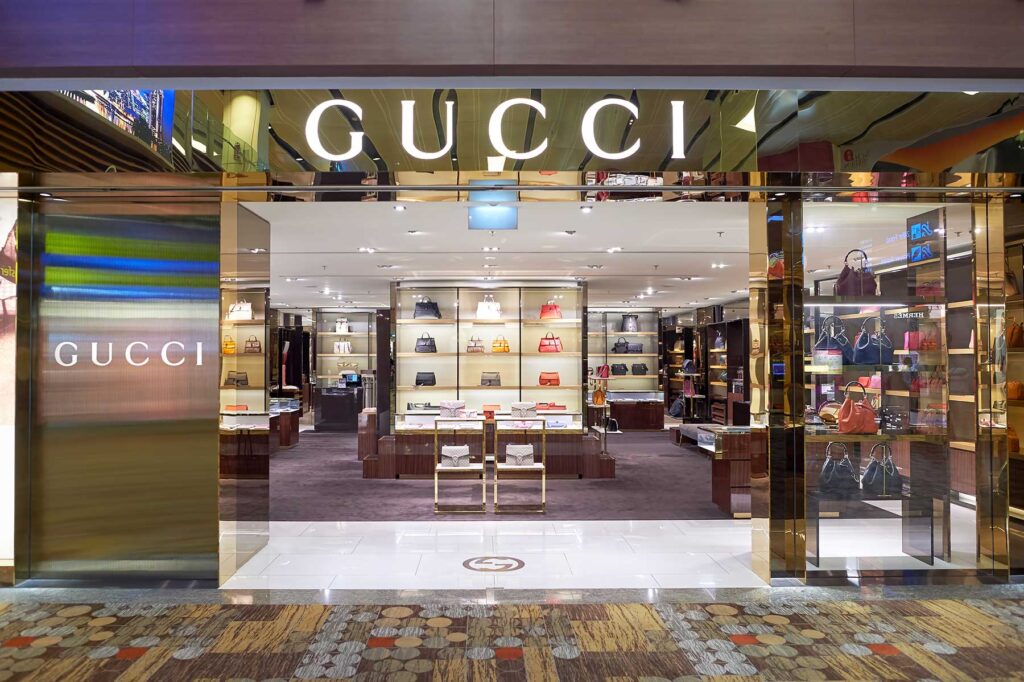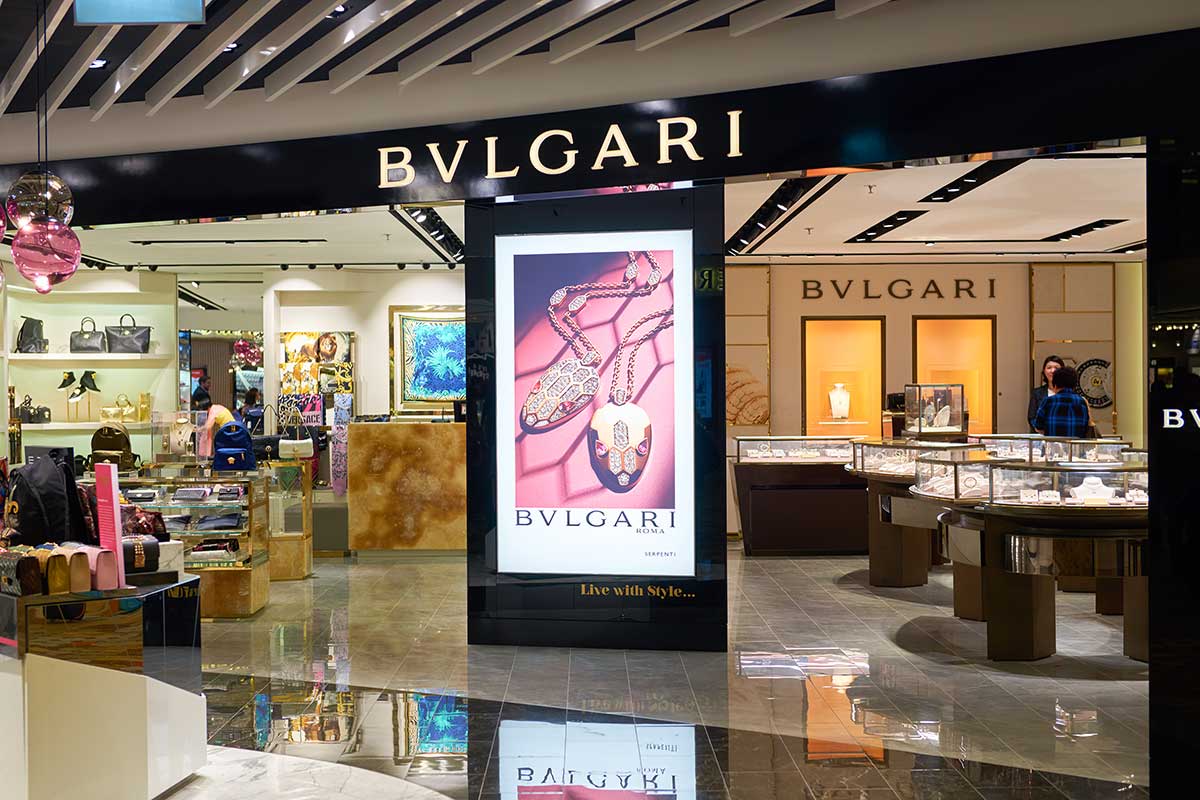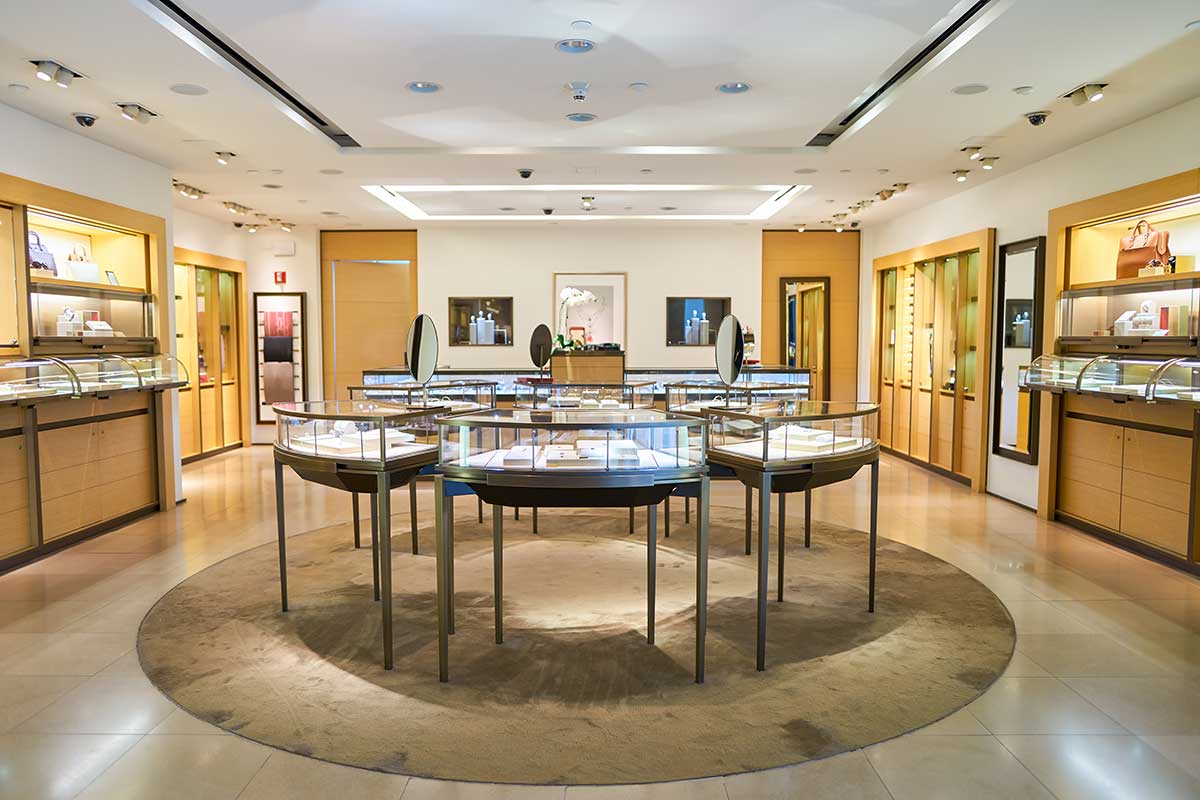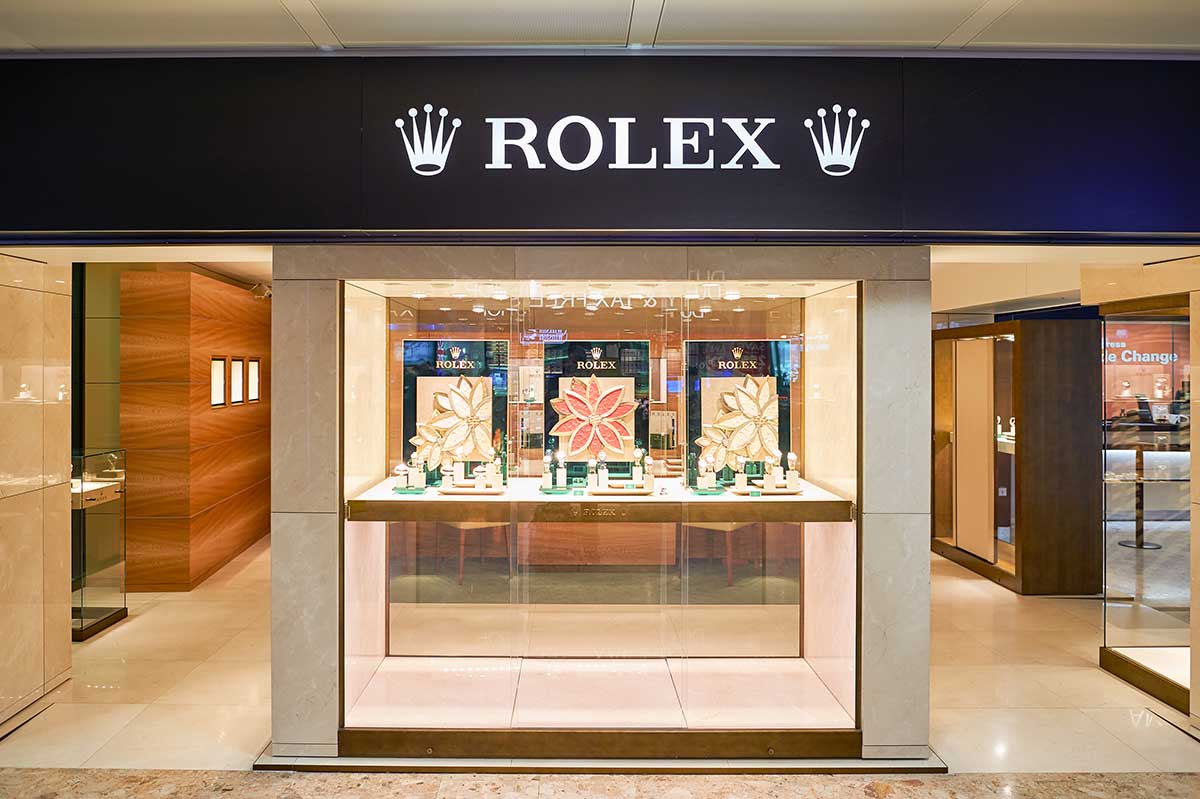













The criticism that airports mostly cater to the rich when it comes to shopping is not new. Luxury boutiques seem to be present at every turn at major hubs – particularly in Europe and Asia.
The so-called ‘democratisation’ of air travel – chiefly thanks to the success of low-cost carriers – has allowed more socio-demographic groups cheaper access to foreign climes. At gateways where LCCs are core to the business, for example Stansted Airport in the UK, the retail offer does reflect the diverse range of passengers.

But at airports with lots of long haul destinations the retail offer often leans heavily to the high end. London Heathrow and Paris Charles de Gaulle make a very big deal out of luxury – and their sales rely on it. Sydney has also recently unveiled a stunning line-up of boutiques with Melbourne following its lead in December with a string of high-end names.
Heathrow’s major luxury retail redevelopment of Terminal 4 in 2016 was starting to contribute to its retail growth last year, the airport said in October, while at Paris Charles de Gaulle, airside shop sales were up +5% in the first nine months of 2017 “driven by the good performance of luxury” according to owner Groupe ADP.

The premium brands at these airports are focused on high-spenders whether they are home-grown, or nationalities such as the Chinese and Russians.
Yet these passengers are only a fraction of the total number of travellers. Study after study reveals a strong perception that value is lacking at airports – and the overt presence of luxury stores probably doesn’t help.
The latest presentation from Counter Intelligence Retail at the TFWA show in Cannes last October pointed to almost 20% of non-shoppers seeing value as a barrier to shopping. “It’s a persistent issue we see in all of our research,” says Garry Stasiulevicuis, Founder and President of CiR. “For some, the value equation just doesn’t stack up. They see airport retail as being comparable to, or even more expensive than, other channels they normally shop in.
“The premiumised nature is also a barrier for some. It’s a long-held concern for some that the overly-curated offer and high-end store design means that prices are out of reach. You only have to look at recent high profile airport boutiques and pop-ups from names like Louis Vuitton and Bulgari to see why they might think this.”
In the same research over 25% of Brits, Australians and Indians felt they could find better prices and promotions elsewhere.

Airports need to change the perception that only expensive brands are available at their facilities. This is hardly surprising when at Heathrow T5, the main waiting area is flanked either side by stunning – but also intimidating – Louis Vuitton and Chanel boutiques. And a third side features a string of luxury stalwarts including Burberry, Cartier, Dior, Gucci, Hermès, Prada, Rolex and Tiffany. This is partly the result of competitive swagger among airports: look how impressive our offer is compared to yours.
Some airports reflect their passengers diversity better than others – examples include Singapore Changi, Hong Kong International and Dubai, but the lure of luxury remains.
There are good reasons for this. Based on the strong nine-month 2017 retail results of both LHR and CDG, their luxury strategies seem to be working just fine for them. Airside retail up by +5% versus +4.7% traffic growth in Paris, and airside specialist shops up +18.1% versus passenger growth of +3.1% at Heathrow tell a great story for both hubs.

High end means high margin – never a bad thing for a landlord’s coffers – but it also means a narrow, wealthy customer base as the target. Luxury is for the few, not the many. With airports now trying to drive passenger satisfaction levels to new heights across the board isn’t it time to broaden the retail offer and make it more inclusive for all travellers?
Airports seem happy to do this with their F&B, but not so much in retail. Today, the financials stack up well for more luxury at airports, despite the retail offer being out of reach for many. However, as e-commerce explodes, and downtown tax-free shopping gets more traction, competition for the same rich consumer will be cut-throat. In this scenario a fall-back is always nice to have.






















To subscribe free, please enter your email address: